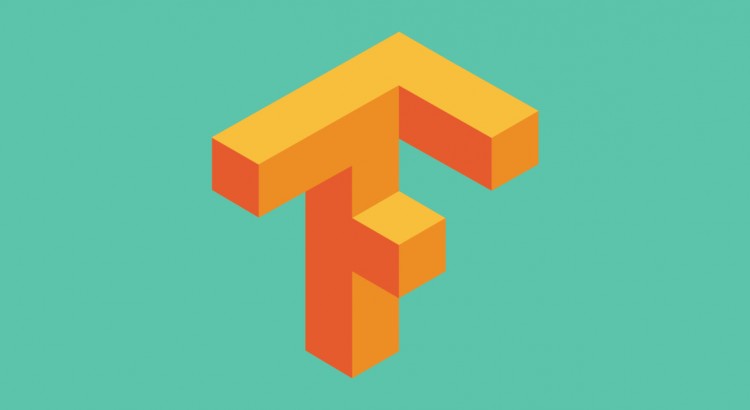The performance of automatic speech recognition (ASR) has improved tremendously due to the application of deep neural networks (DNNs). Despite this progress, building a new ASR system remains a challenging task, requiring various resources, multiple training stages and significant expertise. This paper presents our Eesen framework which drastically simplifies the existing pipeline to build state-of-the-art ASR systems. Acoustic modeling in Eesen involves learning a single recurrent neural network (RNN) predicting context-independent targets (phonemes or characters). To remove the need for pre-generated frame labels, we adopt the connectionist temporal classification (CTC) objective function to infer the alignments between speech and label sequences. A distinctive feature of Eesen is a generalized decoding approach based on weighted finite-state transducers (WFSTs), which enables the efficient incorporation of lexicons and language models into CTC decoding. Experiments show that compared with the standard hybrid DNN systems, Eesen achieves comparable word error rates (WERs), while at the same time speeding up decoding significantly.
